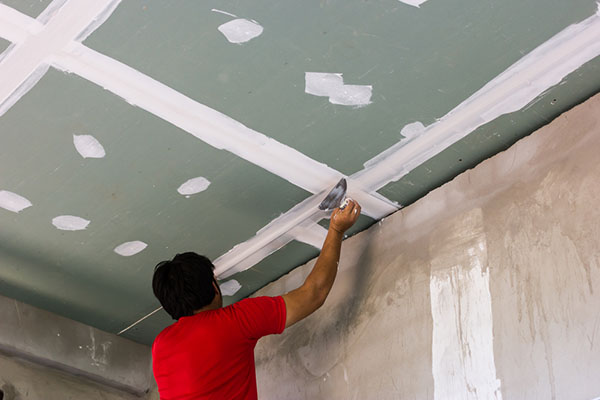Plastering is a crucial part of any building project, and if it’s not done correctly, the consequences can be disastrous. Plastering that is done incorrectly can lead to structural cracks, water damage, and even the collapse of the structure. No one wants their plastering job to cause problems down the line, so it’s important to get it right the first time.

Potential Issues From Poor Plastering
Poor plastering can cause a range of issues, from aesthetic to structural. Firstly, incorrect plastering can lead to uneven surfaces, leaving dips and bumps in the finished wall. This isn’t just a cosmetic problem; it can also weaken the structure of the building, as the plaster may not be properly bonded to the underlying surface. Poorly applied plaster can also crack more easily, leading to further damage and costly repairs.
In addition, if a damp proof course is not installed during the plastering process, it could result in moisture seeping into the walls and increasing the risk of mould growth. Poor plastering can therefore have serious consequences for both your home’s appearance and its structural integrity. It’s important to take care when selecting a plasterer and ensure that they are qualified and experienced.
Avoiding Plastering Mistakes
Ultimately, the importance of proper plastering cannot be overstated. Errors in the process can lead to serious problems, including mold, mildew, and even structural damage. To avoid these issues, it is essential to take the time to do the job correctly. Preparation is key, as is ensuring that all surfaces are clean and dry before beginning work. For best results, a high-quality plaster should be used and applied with care according to manufacturer instructions. Additionally, proper tools must be employed; trowels must be kept sharp and free of damage for a smooth finish.
It’s also important to allow adequate drying time between coats of plaster to ensure proper curing. When done properly, plastering can provide a strong and long-lasting surface that will stand up against wear and tear for years to come.
Tips For Ensuring Quality Plastering
Having discussed the potential consequences of incorrect plastering, it’s important to know how to avoid these mistakes. Quality plastering requires attention to detail and a commitment to best practices.
Here are some tips for ensuring quality plastering every time.
First, use the correct materials for the job. Different types of plasters require specific tools and techniques in order to produce an even, professional finish. Always check that you have the right materials before beginning any project. Second, take your time with each step of the process. Rushing can lead to gaps in coverage or uneven patches that detract from the overall look. Be sure to measure twice and cut once when necessary, and allow adequate drying time between each layer of plaster. Finally, don’t be afraid to ask for help if needed; having another set of eyes on a project can help spot any issues before they become major problems down the road.
Poor plastering can be a major issue for homeowners and contractors alike. The problems that result from incorrect plastering can be costly, time-consuming and even dangerous. To avoid these issues, it is important to use the right materials in the right way and to take your time when completing the job. With proper preparation and care, you can ensure quality plastering that will last for many years to come. By following these tips, you can protect your home and make sure your plastering project looks good and stands the test of time.